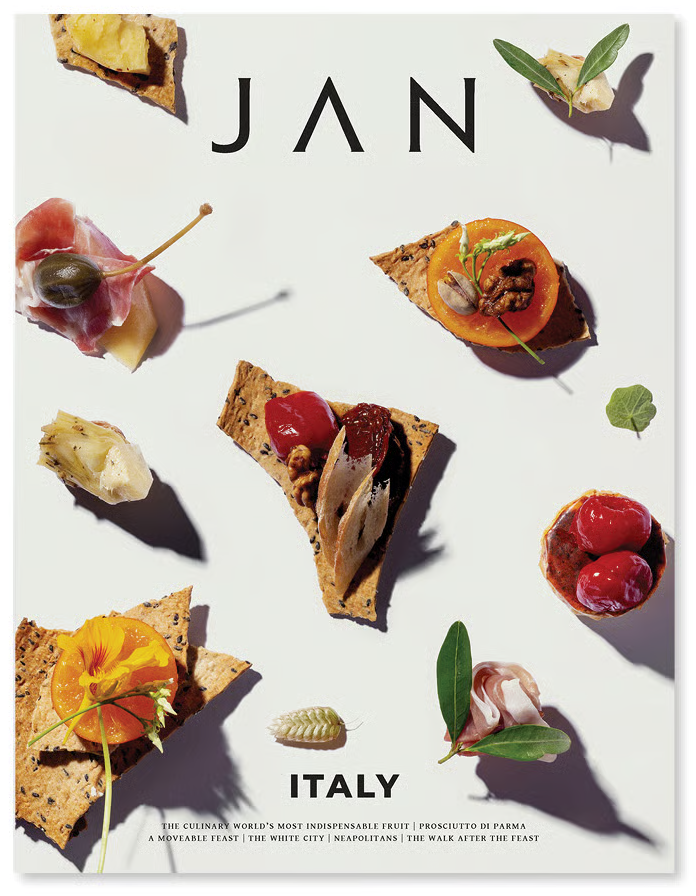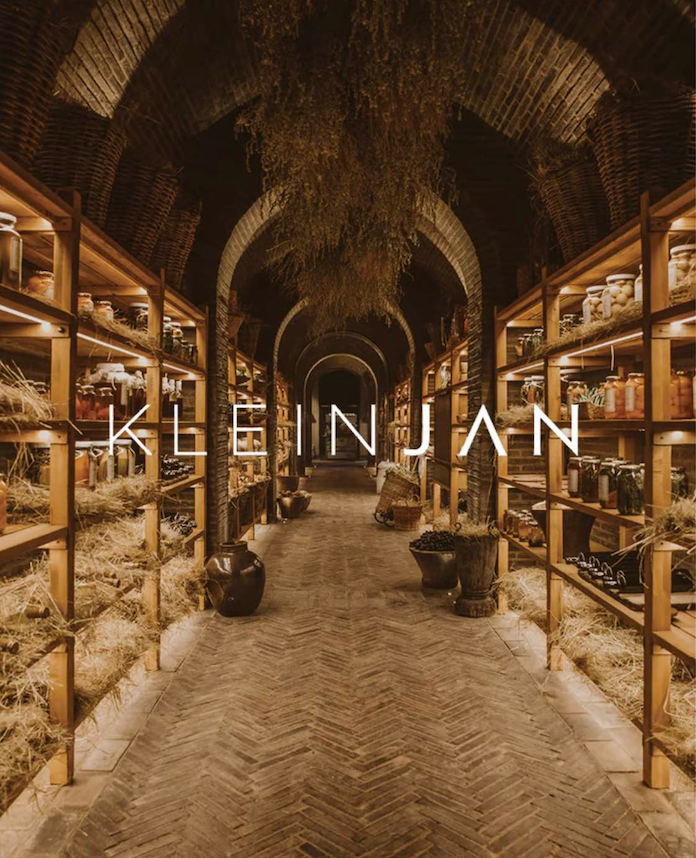Street cred
The incredible history of street food culture and some iconic dishes
As any seasoned traveller will know, one of the best ways to experience a new destination’s culture is to hit the sidewalks and take in the streets on foot. It’s an incredible way to get a feel for a place’s people, culture and energy, plus it will inevitably lead you past the unsung hero of the culinary world – street food. I love exploring with my taste buds when I’m in a new city for the first time and it’s an inauthentic way to experience the tastes, aromas and cultures of a destination. Moving to Europe and travelling to work has opened my eyes to amazing new places, people and dishes, and I can’t help but be fascinated by the origins of some of my favourite street dining staples.
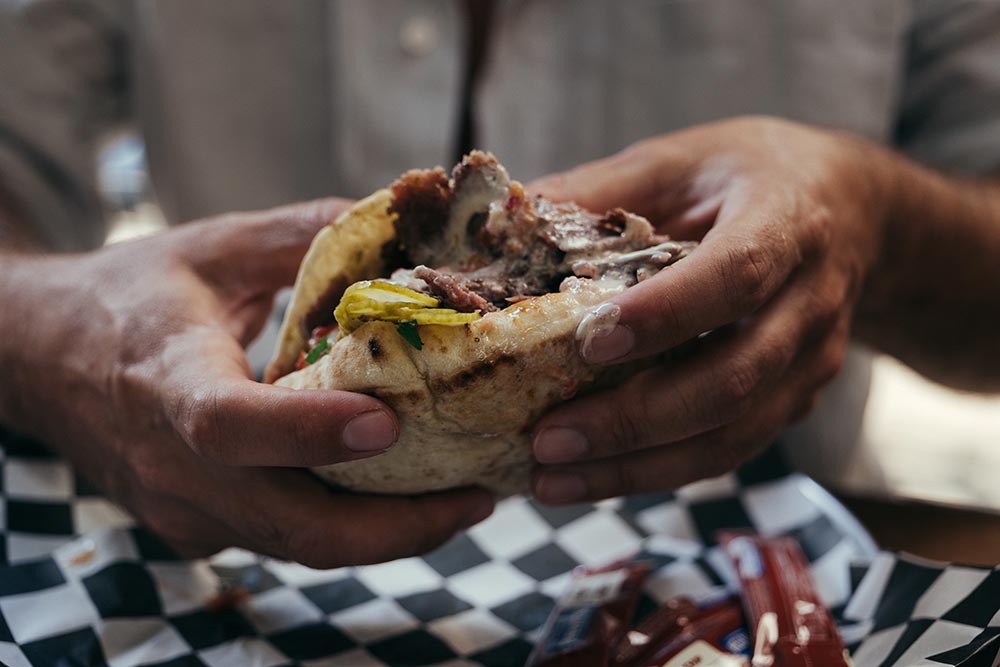
Where did street food originate?
Evidence of street food customs can be traced back millenia. The ancient Greeks have documented records of adopting the Egyptian custom, traditional in the port of Alexandria, of frying fish and selling it in the street. In the impeccably preserved ruins of Pompeii, one of the Roman’s more famous archaeological sites, there is ample evidence of street food businesses that didn’t survive the eruption of Mount Vesuvius. China’s thriving street food culture dates back centuries as a means of feeding its poorer citizens, the ancient Aztecs prepared public feasts en-masse, and in 19th century London you could get anything from tripe to jellied eels on your morning walk to work.
In the past street food has often been associated with urbanisation or lower income groups, but street food is a major sub-category of the culinary world, and has produced some of the most iconic (and flavourful) dishes in history. Here are just a few.
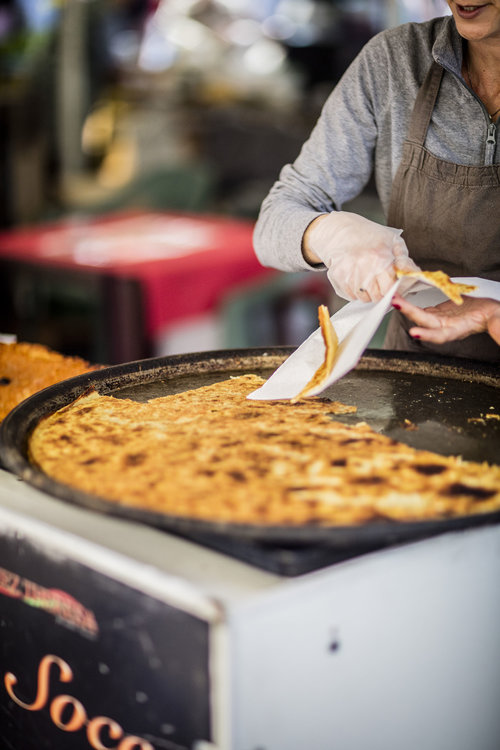
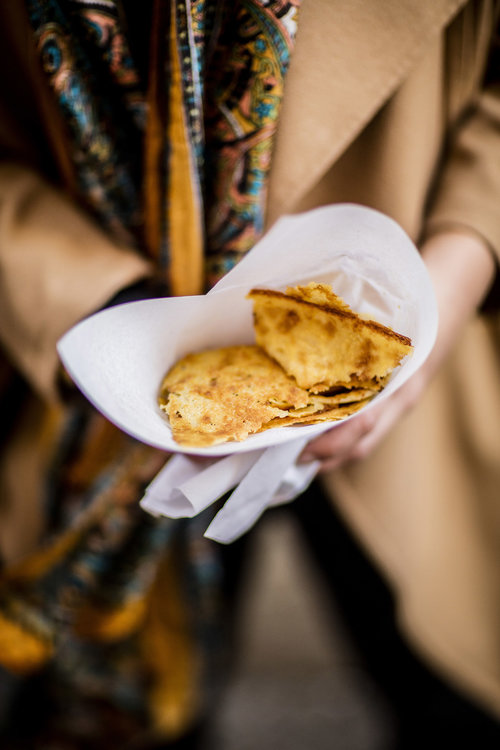
Socca
A personal favourite of mine since this dish originated in Nice, my home of nearly a decade, there are several legends attempting to explain the origin of this chickpea-based dish. One story suggests that the Roman forces once stationed in the area would light a fire under their shields and use the platform as a pan to fry their mix of chickpea flour and water. Another suggests that socca was born under siege when the people of Nice sustained themselves in times of Turkish invasion with the two cupboard staples they had – chickpea flour and olive oil. Whatever the real story might be, this delicious and beloved dish has a special place in the streets of Nice. Try my new Socca recipe
Taco
Another dish that has a murky origin story, the taco is beloved world wide, and for good reason, it’s delicious! The word “taco” originates from 18th century silver mines in Mexico and is believed to have been derived from a phrase originally used to refer to dynamite. The story goes that the silver miners would wrap dynamite tightly in paper, similar to how taco ingredients are wrapped in the tortilla. Tacos likely spread to the rest of the world around the 19th century when Mexican immigrants established street vending businesses, and today can be found everywhere from fine dining institutions to fast food chains, but many a purist will argue that the best taco you can enjoy will come from an authentic food stall.
Bunny Chow
A beloved local favourite, Bunny Chow is a proudly South African dish with a multi-cultural history. The name “bunny” comes from the corruption of an Indian term, derived from “bania”, the Sanskrit word for merchant. Originating in Durban, Bunny Chow is a product of Indian migrants who came to South Africa in the 19th century, infusing fragrant curry dishes with white bread flour products as a substitute for chickpea or rice flour which they could not find here.
Its mainstream popularity was largely a product of South Africa’s racial segregation in the 19th Century. The dish was considered a low-cost, totally portable means of feeding people of colour who were forbidden from sitting in restaurants under the Apartheid regime. A hollowed out bread loaf proved to be a sturdier way to transport curry than a naan, and soon became an iconic part of the dish. Today the Bunny Chow is a proudly South African meal, and Durban is still the international central hot spot for the best Bunny Chow ever.
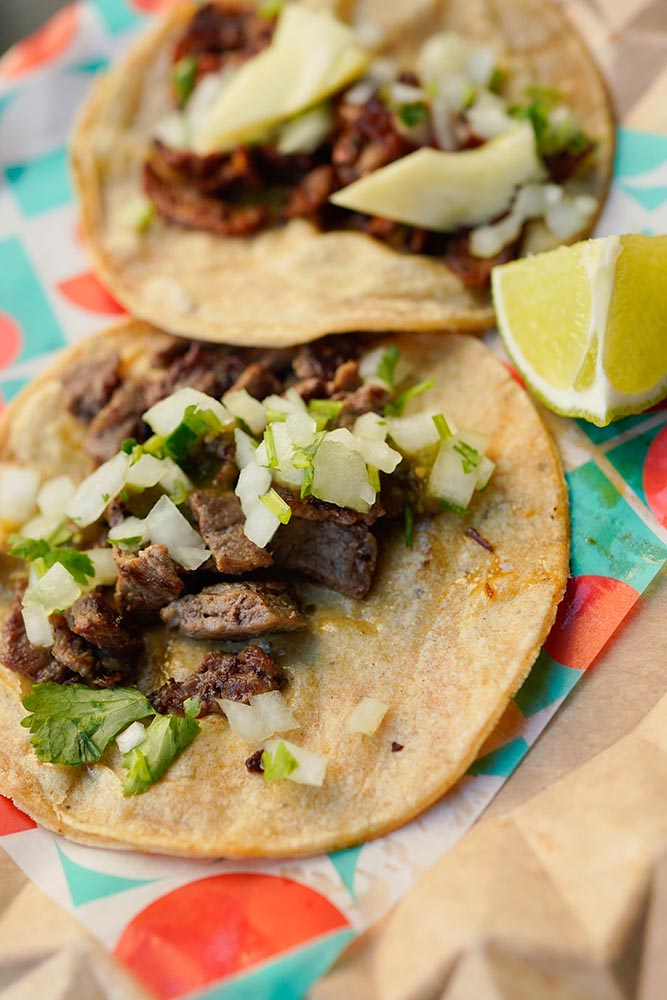
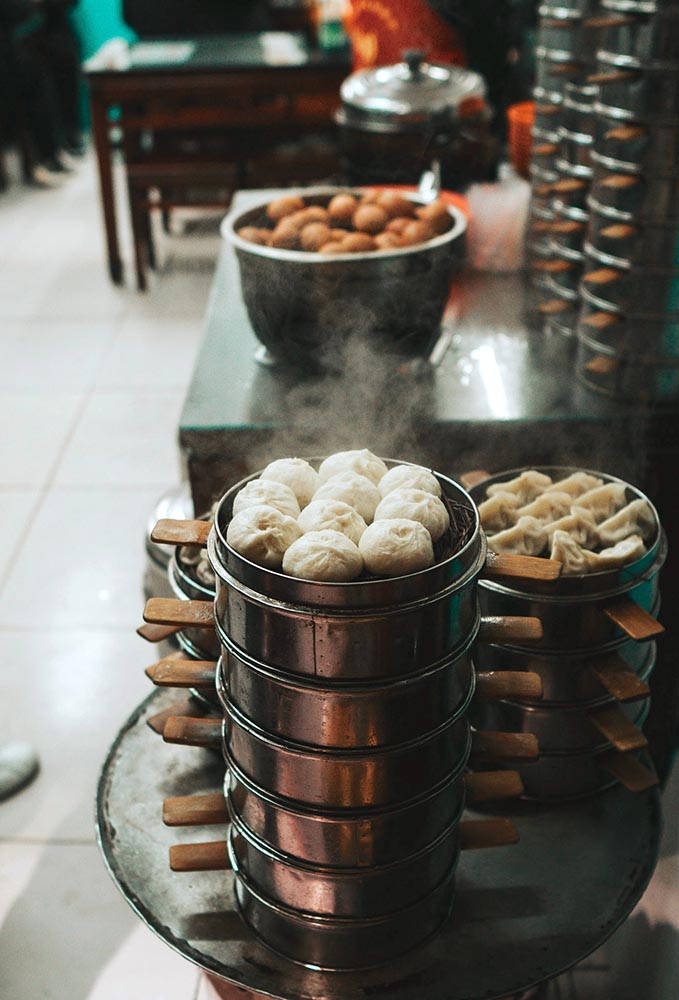
Steamed baos
A staple dish in Asian street food culture, baos are steamed buns stuffed with a variety of tasty fillings ranging from savoury to sweet. From healthy vegetables to flavourful meat dishes or sweet dessert-style red bean paste bao buns, the variety is truly mind blowing and often distinct to different countries and regions. According to legend, the steamed bao originated in China’s Three Kingdoms period and was supposedly popularised by Zhuge Liang, a legendary military strategist of the era.
Legend says Liang and his army were once unable to cross a raging river for fear of death but were advised that a sacrifice of human heads thrown into the river might calm the water if the local deity was appeased. Zhuge Liang chose to rather cook steamed wheat buns in the shape of human heads, stuffed them with meat, and threw them into the river before crossing peacefully. The resulting dish was called mantou (which roughly translates to ‘barbarian’s head’), and soon became a staple for dining and street vendors across the region.
While I can’t speak for the accuracy of the above story, I’m thrilled that recent years have seen street food start to enjoy the appreciation it deserves.

